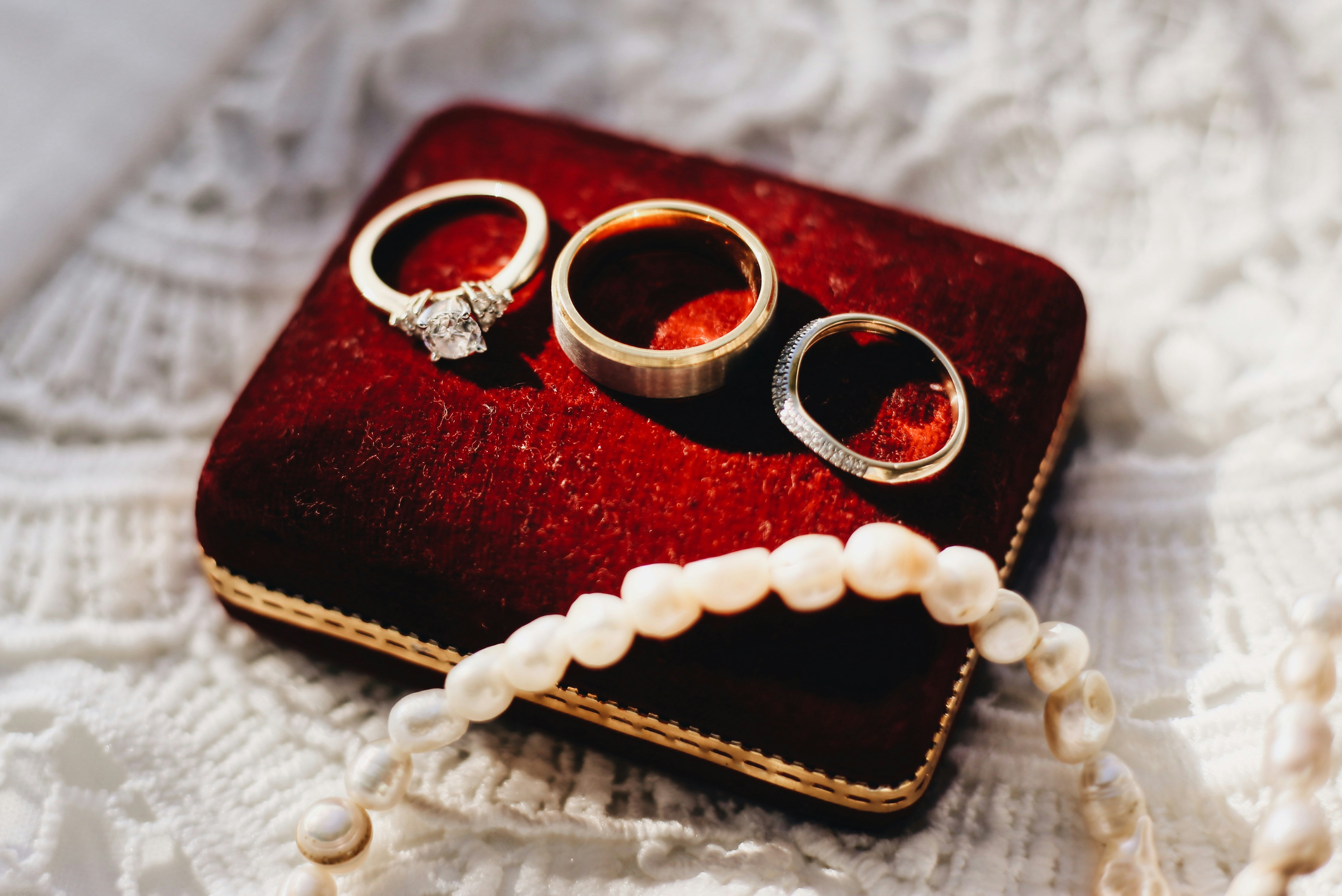When choosing a ring, both durability and style are crucial factors to consider. Different materials and designs offer varying degrees of longevity and aesthetic appeal. In this blog, we'll explore the pros and cons of various ring options, helping you make an informed decision that balances both durability and style.
Classic Precious Metals
Gold: Gold is a timeless choice known for its classic appeal and malleability. It comes in various colors, including yellow, white, and rose gold.
Pros: Gold is highly durable and resistant to tarnish. Its classic look never goes out of style, making it a versatile choice for any occasion.
Cons: Gold can be softer than other metals, which may lead to scratching over time. It also tends to be more expensive than other metals.
Platinum: Platinum is a dense and durable metal, often used for high-end jewelry.
Pros: It is extremely durable and hypoallergenic, making it a great choice for those with sensitive skin. Platinum also maintains its color and luster without tarnishing.
Cons: Platinum is generally more expensive than gold and can be prone to scratching, though it does not lose metal through wear.
Alternative Metals
Tungsten: Tungsten is a modern option known for its strength and durability.
Pros: Tungsten is highly scratch-resistant and maintains its shine over time. It is also less expensive compared to precious metals.
Cons: Tungsten is quite hard, making it difficult to resize. Its weight may also be heavier than other metals, which some people find uncomfortable.
Titanium: Titanium is known for its lightweight and strength.
Pros: Titanium is highly durable, lightweight, and resistant to scratches. It is also a more affordable alternative to precious metals.
Cons: Like tungsten, titanium is challenging to resize. Its color can also be less traditional, which may not appeal to everyone.
Choosing the right material for your ring involves balancing durability with personal style preferences, ensuring that your ring stands the test of time while reflecting your unique taste.
Gemstone Settings
Diamond: Diamonds are popular for their brilliance and hardness.
Pros: Diamonds are incredibly durable and resistant to scratching. They offer a timeless and classic look.
Cons: They can be quite expensive and may require regular maintenance to keep their sparkle.
Colored Gemstones: Options like sapphires, rubies, and emeralds offer a range of colors and styles.
Pros: Colored gemstones provide a unique and personal touch, with a wide variety of colors and styles available. They can be less expensive than diamonds.
Cons: Some colored gemstones are less durable than diamonds and may require more frequent care to prevent damage.
Design Considerations
Engravings and Details: Intricate designs and engravings can add a personal touch to your ring.
Pros: Personalized designs make the ring unique and meaningful. Engravings can also enhance the aesthetic appeal.
Cons: Detailed designs may be more susceptible to wear and tear, especially if they involve fine or delicate work.
Settings: The type of setting (e.g., prong, bezel, or channel) can affect both the durability and style of the ring.
Pros: Different settings offer various levels of protection for the gemstone and can influence the overall look of the ring.
Cons: Some settings may require more maintenance or be more prone to damage, depending on their design and the wearer's lifestyle.

Selecting the right ring involves weighing the pros and cons of different materials and styles to find the perfect balance of durability and personal flair. By understanding the characteristics of various options, you can make an informed choice that ensures your ring remains both beautiful and lasting.
Whether you prioritize durability, style, or a combination of both, understanding your options will help you select a ring that you’ll cherish for years to come.
12 May 2024
•
Jonathan Harris
Share this article



